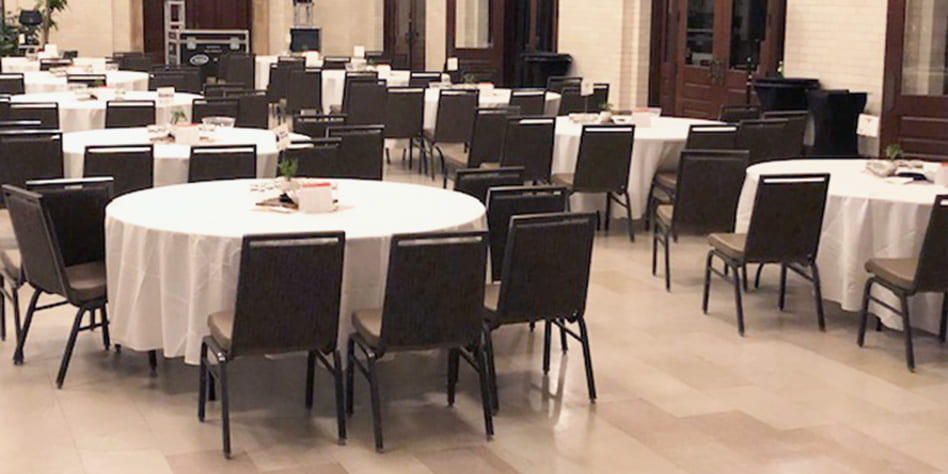
Equipping a government building with optimal furnishings involves many different factors. A facility manager has to consider everything from the facility’s aesthetics and utilitarian needs to furnishings that can serve multiple purposes.
This guide outlines a structured approach to procuring and maintaining compliant government furniture that strikes a balance between budget considerations and long-term operational efficiency.
What Does GSA Compliance Mean?
The US General Services Administration (GSA) is the central authority regarding purchases for federal agencies. The GSA pre-approves contracts with verified vendors that meet established quality, safety, and pricing standards.
Compliance with the GSA means a furniture manufacturer has been vetted and approved to sell furniture directly to US government entities through the GSA’s Multiple Award Schedule program. GSA compliance encompasses government furniture purchases for federal, tribal, state, and local government facilities. Through this program, government agencies can be confident that purchased furniture meets all necessary federal requirements.
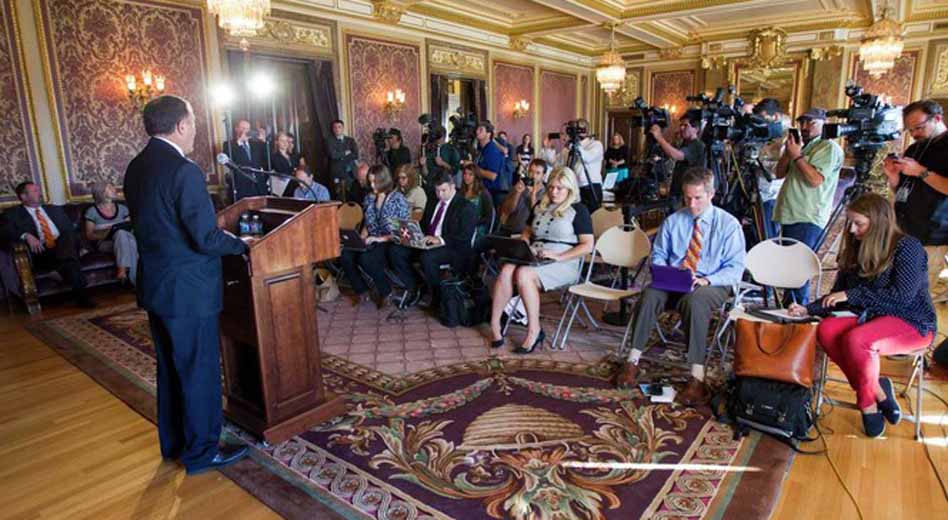
Common Furniture Needs for Government Buildings
Government facilities serve a broad range of varied purposes, from administrative offices to public service spaces. Many buildings also double as public assembly venues where citizens gather for civic engagement or community events.
Serving every location with furniture that aligns with form, function, and purpose is vital, requiring research into furniture solutions for government agencies that offer the most operational efficiency.
The following is a checklist of furnishings to consider for various government facility spaces.
Reception and lobby areas
Furnish reception and lobby areas with durable benches and armchairs to accommodate visitors in waiting areas. These spaces may need reception desks, information counters, display tables, and waste and recycling receptacles.
Administrative workspaces
In business environments, you will need to provide ergonomic seating for specific administrative tasks, meetings, and collaboration tables. Office areas also need break rooms with tables and chairs. Facilities may benefit from privacy screens and room dividers to maximize the use of spaces with larger office staff.
Conference and meeting rooms
Consider purchasing versatile conference tables for multi-purpose use and stackable banquet chairs that are both utilitarian and comfortable, ensuring durability. It’s also important to procure mobile storage carts for the room’s furnishings.
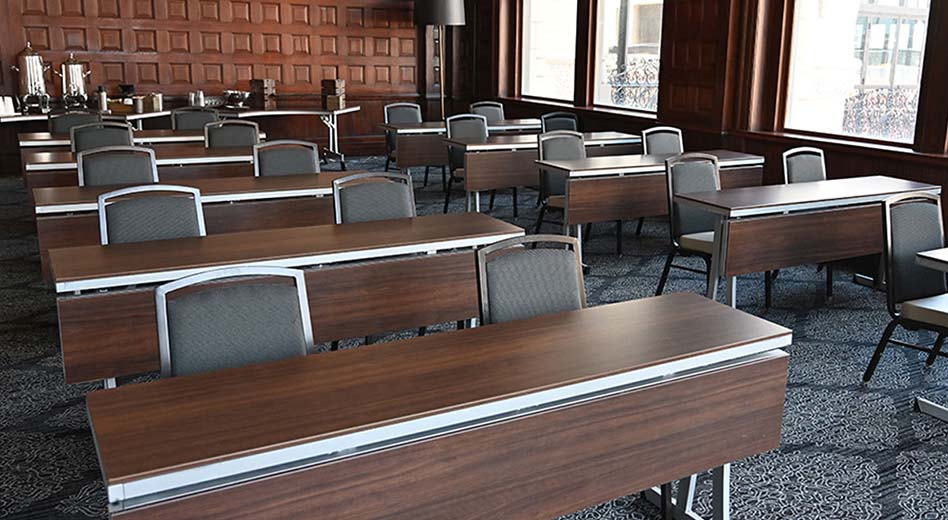
Multipurpose and community spaces
These spaces serve a multitude of different purposes that can vary greatly from one facility to the next. Community center furniture, for instance, must be convenient for reconfiguration and durable to withstand constant use. Consider lightweight folding tables for flexible arrangements, stackable chairs or folding chairs, portable staging platforms, and room dividers and partitions.
Break rooms and cafeterias
Break rooms and cafeterias require durable dining tables that are easy to clean and maintain, comfortable, practical seating, food service and buffet tables, and proper storage for supplies and equipment.
Training and educational spaces
Areas designed for training and education should have furnishings that support presentations and offer flexibility for various classes and setups. Consider options for classroom-style tables, modesty panels, and ergonomic seating that are comfortable for extended periods of time. Teachers and guest speakers will need mobile lecterns and presentation stands. Also consider specialized furniture for library study areas and public computer stations.
When facility managers assess what office furniture government facilities require, they should focus on selecting government furniture that is adaptable, constructed for a long lifespan, and driven by purpose.
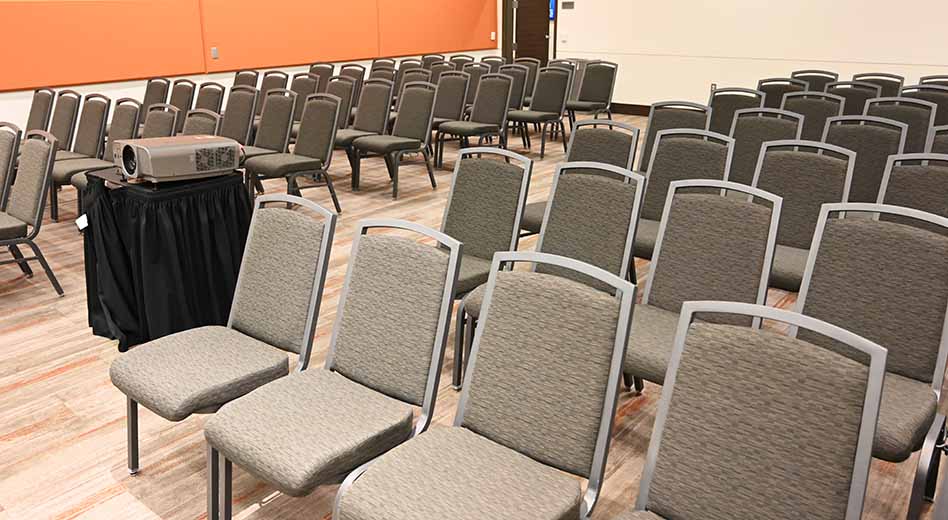
6 Steps to Furnishing a Government Building
Selecting government furniture that is well-suited to your location’s needs requires a strategic plan. Facility managers can follow these six steps to ensure a smooth procurement process that meets the government facility’s needs and requirements.
1. Assess your facility requirements
Consider the facility’s potential daily traffic patterns and how they impact people’s accessibility needs and ideal furniture placement options. This includes accounting for the potential multi-purpose use of spaces.
2. Identify essential furniture for each unique space
Evaluate each section of the facility, considering the appropriate seating and table options for different rooms in your facility, including conference rooms, lobbies, meeting rooms, visitor areas, and workstations. Select tables that can serve different functions. It’s also important to determine solutions for storage and furniture carts for transport.
3. Select appropriate materials and finishes
You want to choose materials that won’t be damaged by regular commercial use. Look for durable, stain-resistant materials designed for high-traffic environments that are GREENGUARD certified, ensuring they are manufactured using materials that will not affect indoor air quality. Also, consider the facility’s aesthetics when selecting the finish options.

4. Establish your procurement budget
When establishing your budget and evaluating initial purchase costs, factor in the long-term value of durable government furniture. Lifecycle costs include future maintenance, so spending on furniture designed to last ultimately saves money. Take advantage of government purchasing programs and contracts to maximize cost efficiency and stretch your facility’s budget.
5. Choose a GSA-approved furniture provider
When selecting a furniture provider for your government facility, choose a vendor with products approved in the GSA Category Management Program to ensure compliance with federal procurement standards. Prioritize manufacturers offering American-made furniture designed to meet federal sustainability standards. Confirm the provider’s warranty details so they align with your plan for long-term maintenance.
6. Plan for efficient implementation
Now that you have considered your facility’s government furniture needs, established your budget, and ensured you’re choosing a GSA-approved source, it’s time to plan for purchase and delivery scheduling. Installing furniture during off-hours can minimize any disruption to ongoing operations.
Establish a long-term maintenance plan, including protocols for cleaning and inspecting each piece, maximizing the investment’s aesthetics and lifespan.
Browse MityLite’s GSA-Compliant Government Furniture Today
MityLite is proud to provide government agencies at all levels with American-made, GSA-compliant furniture, including our GREENGUARD-certified tables, chairs, and carts engineered for long-term durability and easy setup and reconfiguration.
Products Featured in This Article
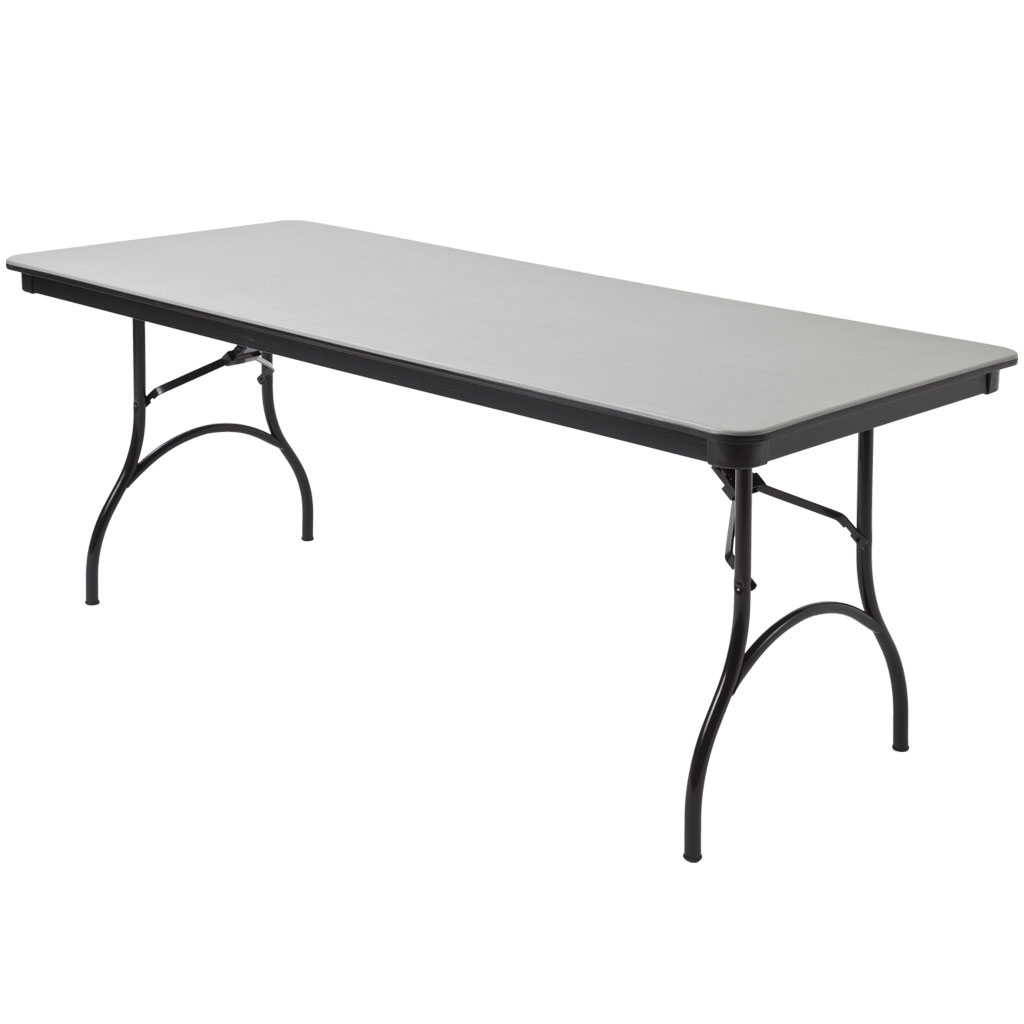
ABS Rectangle
13 Table Sizes, 4 Table Heights
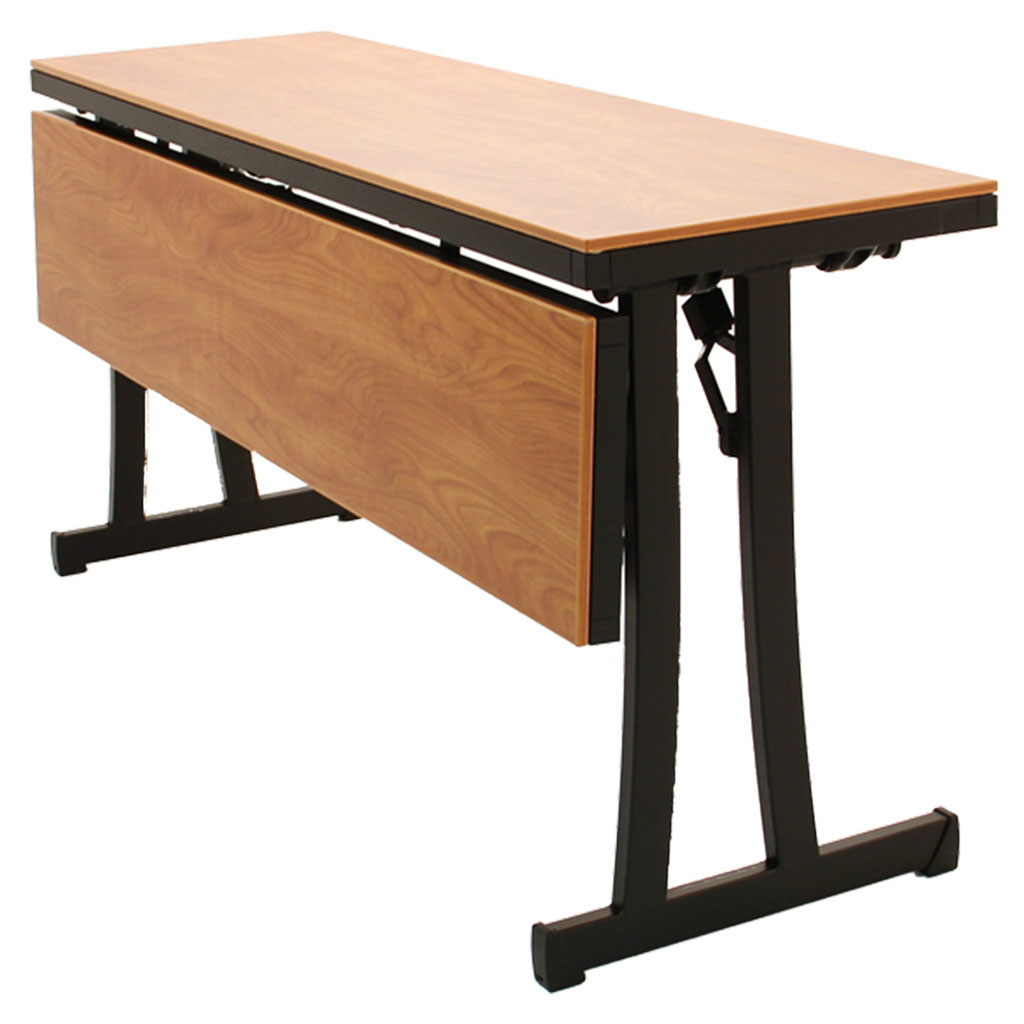
Reveal Linenless Duo Table
5 Table Sizes
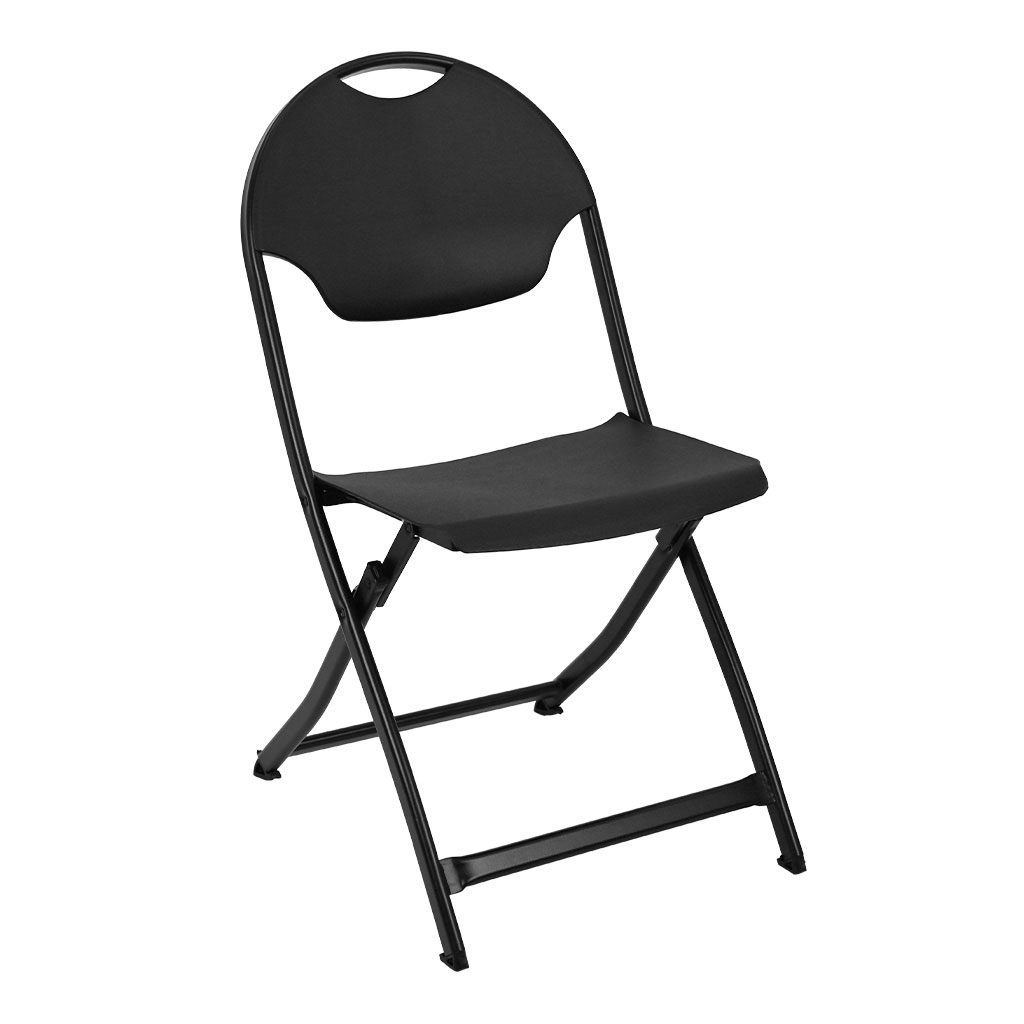
SwiftSet Folding Chair
4 Upholstery Options, 9 Plastic Colors
